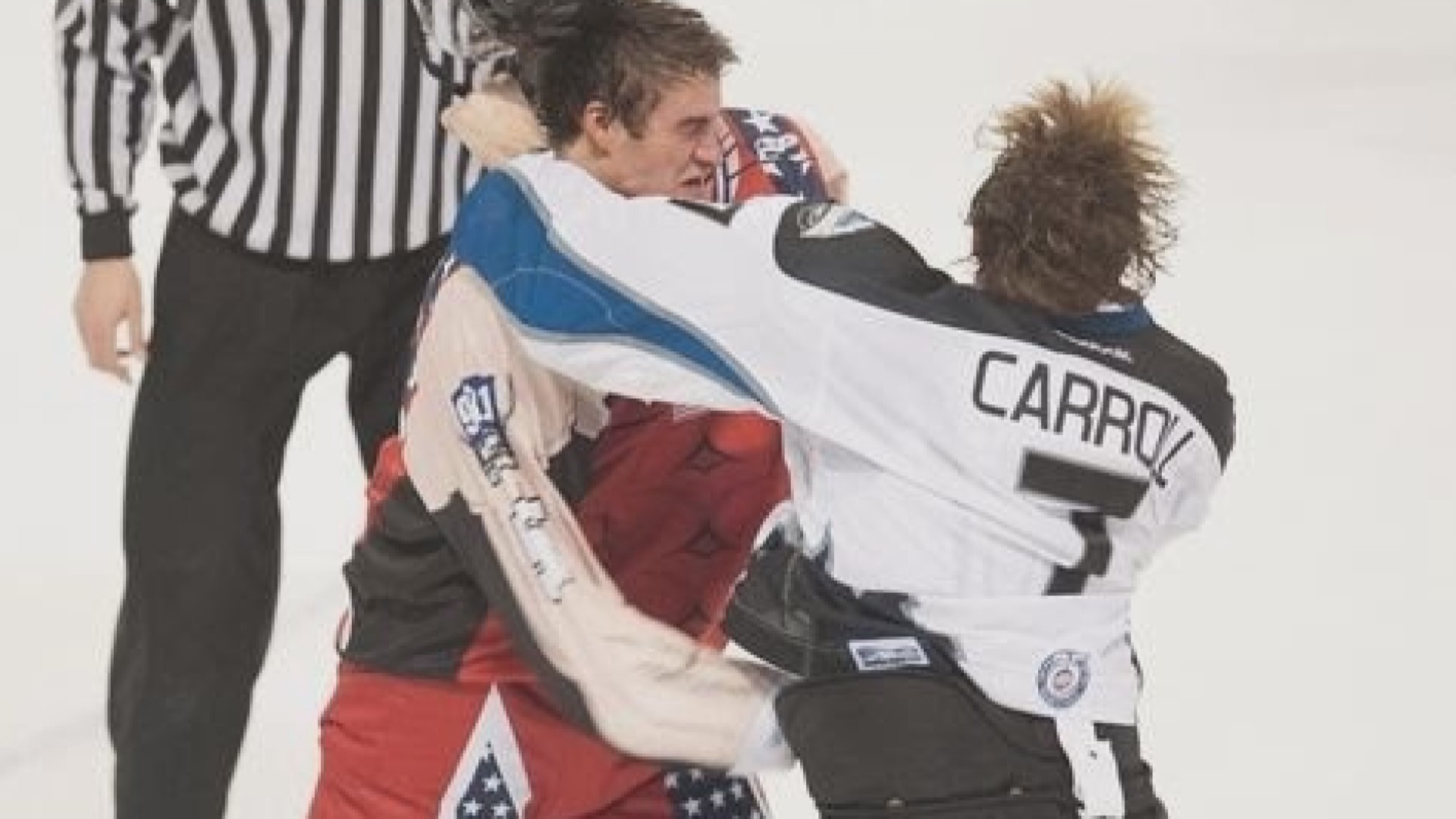MINNEAPOLIS — There isn't a day that goes by where Chris Carroll doesn't think about his brother, Andrew who died by suicide in 2018.
"He made everyone feel like they were his best friend," Chris said. "His death was shocking."
The Carroll brothers played hockey growing up in Roseville. Chris jokes that Andrew was way better than him and that is how he earned a scholarship to play for University of Minnesota-Duluth. He went on to play professional hockey after college but was forced into "fighter" roles on the teams.
Following Carroll's death, his family donated his brain to Boston University where they examined it, and discovered he had CTE.
The brain disease is feared to have caused dozens of professional athlete deaths and it can only be diagnosed after death. Most symptoms show up in patients in their late 20s and early 30s.
A new study from Columbia University focuses on the implication "fighters" in the hockey world are facing, including dying younger than their peers.
Data was collected from over 6,000 players from 1967 to 2022. Around 90% of the players are still alive, but the ones who have passed showed a stark contrast in mortality rates. The study says the average age of death for the enforcers who have died was 47.5, compared to non-fighters at 57.7.
Eleven of the 21 enforcers deaths were linked to CTE.
"It's not surprising at all," Carroll said.
He can't decide whether fighting should be completely banned in the NHL, but he does support safer measures for players, especially for children growing up playing the sport.
"It's hard because a lot of guys get their spot on the roster for taking on this role. A role they don't necessarily want to take but they have to in order to play," Carroll said.
The Quebec Major Junior Hockey League recently banned fighting in March, joining two other junior leagues in the country with the same ban.
Watch more of Minnesota sports:
Watch the latest reports from the KARE 11 sports team in our YouTube playlist:

